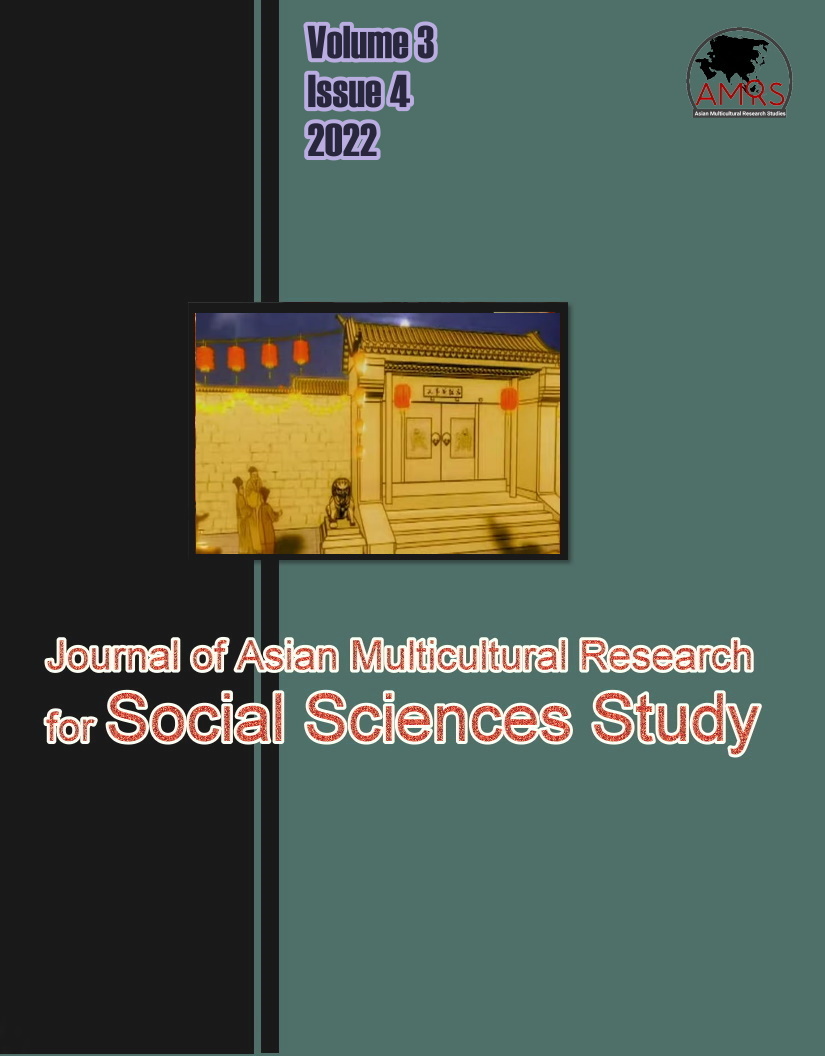The Fragments, Run-Ons, and Comma Splices in Selected Types of Paragraph Writing
DOI:
https://doi.org/10.47616/jamrsss.v3i4.343Keywords:
Fragments, Run-Ons, Comma Splices, Paragraph WritingAbstract
Writing is a challenge for non-native English writers since the process of transferring the message includes the writers’ writing competence and it is recorded permanently. As a result, the English learners make errors when they lack the writing skill and knowledge. This study aims to reveal the fragments, run-ons, and comma splices in selected types of paragraphs, namely descriptive paragraph, paragraph of logical division of ideas, process paragraph, and comparison-contrast paragraph. The empirical, quantitative approach is used to identify the frequency of each kind of error in the paragraphs written by students of English Department in University of Widya Dharma Pontianak in academic year 2021/2022. To conclude, the errors occur mostly in comparison-contrast paragraphs (37.96%) as there are different ways of organization. Furthermore, the most frequent kind of error is fragment (66.67%), which is missing an independent clause (41.67%). This is due to the students’ experiencing incomplete thought or their having an afterthought following their previous finished sentence. Lastly, the paragraph of logical divisions of ideas has the least errors (13.89%) and the kind of error that rarely occurs is run-on (9.26%).
Downloads
References
Abie, K. G., & Asefa, M. M. K. (2019). An Error Analysis of English Paragraphs Written by First Year Debre Markos College Teacher Education Students: A Discourse Analysis Perspective. Journal of Literature Languages and Linguistics, 62, 15-22.
Ary, D., Jacobs, A. C., Sorensen, C. K., & Walker, D. A. (2014). Introduction to research in education, 9th Ed. Wadsworth Cengage Learning.
Bachman, L.F. (2009). Generalizability and research use argument. In K. Ercikan & W. Roth (Eds.), Generalizing from educational research. New York: Routledge.
Belmont, W. & Sharkey, M. (2011). The easy writer: Formal writing for academic purposes. Pearson Education Australia.
Brown, H. D. (2014). Principles of language learning and teaching, 6th Ed. New York: Pearson Education.
Ellis, R. (1997). Second language acquisition. New York: Oxford University Publication.
Farneste, M. (2012). Usage of Comparison/Contrast Pattern in Undergraduate Academic Essays. Baltic Journal of English Language, Literature and Culture, 2, 42–53.
Hacker, D. & Nancy. (2015). A writer’s reference, 8th Ed. Boston: Bedford/St. Martin’s.
Hastuti, F. D. (2017). Managing effective English speaking skill assessment for non-English major students. MABIS, 8(2), 82-92.
Oshima, A. & Hogue, A. (2007). Introduction to academic writing, 3rd Ed. New York: Pearson.
Pornthanachotanan, M. P. (2020). An Analysis of Thai Students’ Errors on English Fragments, Run-Ons, and Comma Splices: A Comparison Between Science-Math and Intensive Science-Math Programs. Doctoral dissertation, Thammasat University.
Qamariah, H., & Wahyuni, S. (2016). An analysis of EFL students’ paragraph writing: errors and their causes. Proceedings of EEIC, 1(2), 354-360.
Reinking, J.A. & van der Osten, R. (2017). Strategies for successful writing. Boston: Pearson Education.
Suntara, W. (2021). Thai EFL Senior High School Students’ Errors in Paragraph Writing. 영어학, 21, 1145-1161.
Watcharapunyawong, S., & Usaha, S. (2013). Thai EFL Students' Writing Errors in Different Text Types: The Interference of the First Language. English Language Teaching, 6(1), 67-78.
Zemach, D. E. & Islam, C. (2004). Paragraph writing. Macmillan.
Downloads
Published
How to Cite
Issue
Section
License
Copyright (c) 2022 Journal of Asian Multicultural Research for Social Sciences Study

This work is licensed under a Creative Commons Attribution-ShareAlike 4.0 International License.































